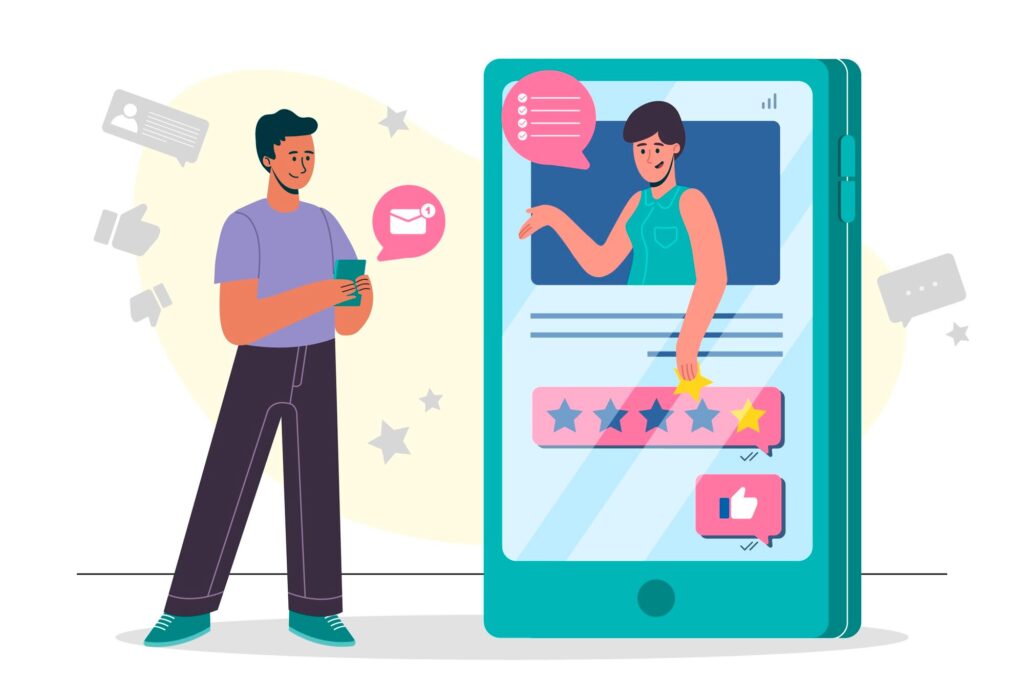
How Influencer Barter Campaigns Help Brands Grow Without Heavy Budget Investments?
One of the most apparent benefits of influencer barter campaigns is their cost-effectiveness. Regular influencer marketing can be expensive since one has to pay influencers a lot of money for just a post or engagement. However, with influencer barter campaigns, brands do not have to incur these costs.
Instead of paying influencers direct monetary compensation, brands compensate them in kind through their products or services.
This allows companies to allocate their budget to other areas while still benefiting from influencer endorsements and the associated increase in brand visibility.
For instance, a skincare brand can send products to a beauty influencer, who then reviews or promotes the products to their followers. In exchange, the influencer receives free skincare products and content to share with their audience. Both the brand and the influencer win, with minimal financial investment from the brand.
The audience of influencers is often very active and loyal. It increases the credibility of the messages being sold. When an influencer endorses a brand through a barter campaign, the brand is exposed to this new audience. This occurs because influencers usually operate in specific areas, resulting in referral growth and exposure of the brand to the relevant focus group.
For example, if a fashion brand collaborates with a fashion influencer, they can instantly tap into the influencer’s followers, many of whom are likely interested in fashion and style. This access to a pre-existing, engaged audience can result in higher engagement, conversions, and even long-term brand loyalty.
Influencers are viewed as trusted voices within their communities. Their followers value their opinions and recommendations, which means that influencer promotions can carry significant weight. This kind of promotion where the brand ambassador promotes the product for their benefit is likely to redefine the perceptions held about the company.
The authenticity that influencers bring to the table is particularly important. When an influencer genuinely likes and endorses a product they’ve received in a barter campaign, it resonates more strongly with their audience compared to traditional advertising. This perceived authenticity helps brands build a positive reputation and foster long-term relationships with consumers.
Not only brands benefit from influencer barter campaigns, but also the influencers themselves.
Many influencers, especially micro-influencers, appreciate receiving free products or services. Why? It helps them create content without financial strain. Additionally, barter collaborations allow influencers to diversify their partnerships. It adds value to their audience by showcasing new and interesting products. It is also beneficial for the influencers, as it diversifies their partnership by introducing new products.
For example, a travel influencer can collaborate with a hotel and promote it. It would be possible for them to make a video vlog about his/her stay at that hotel. Here, the influencer earns a holiday for free while the hotel gets to advertise to the followers. Totally win-win situation. This mutually beneficial factor helps to strengthen the relationship between the brand and the influencer
Barter campaigns can result in high-quality content creation for both brands and influencers. For brands, this means they receive user-generated content (UGC) that they can repurpose for their own marketing efforts, such as social media, websites, or advertising campaigns. For influencers, it gives them new material to share with their audience. It increases their engagement and maintains an active presence on social media.
When influencers put up product pictures or video reviews or persuasive videos, their followers repost it through their networks. Such engagement enhances brand awareness, directs users to the brand’s website.
This Influencer marketing campaign is self-governing in a way that a brand is able to make such campaigns according to the set goals of the brand. This is not the case with conventional paid marketing campaigns. Barter collaborations can be customized to fit various platforms and content types, such as Instagram posts, YouTube videos, TikTok content, blog posts, or even podcasts.
Brands can easily select influencers based on their following, engagement rates, and the relevance of their audience. This flexibility makes it easier for brands to find influencers who align with their target demographic.
This Influencer marketing campaign is self-governing in a way that a brand is able to make such campaigns according to the set goals of the brand. This is not the case with conventional paid marketing campaigns. Barter collaborations can be customized to fit various platforms and content types, such as Instagram posts, YouTube videos, TikTok content, blog posts, or even podcasts.
Brands can easily select influencers based on their following, engagement rates, and the relevance of their audience. This flexibility makes it easier for brands to find influencers who align with their target demographic.

